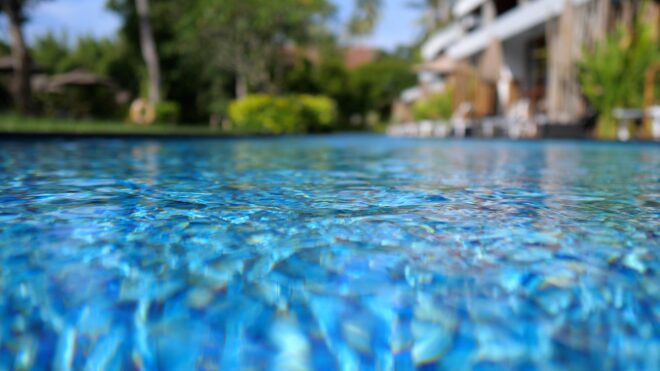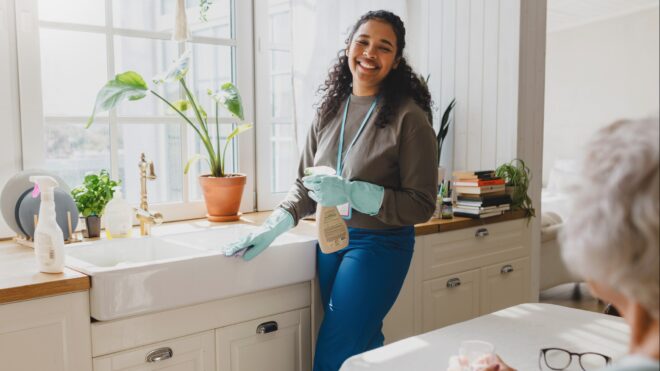For thousands of years, folks had not much more than their hands and the materials that they found in nature to create everything that they needed.
Today, we take a walk through the park or in the woods and look at the trees, the flowers, and the berries as amazing, but mostly because they are all so beautiful. Chances are that you're not really thinking about how they could possibly be useful for your daily life.
One of those surprising uses? Natural dye.
All you have to do is boil water and add the natural colorant. You usually will boil it for about an hour, and let it sit overnight. Sometimes you will need the help of a modifier that brings out the brilliance of the color, or that triggers a chemical reaction in the plant. Some modifiers include alum, lemon juice or vinegar, copper (pennies), iron (rusty nails), baking soda, and salt. Experimentation with natural elements and these modifiers will get you a vast array of different colors of varying intensity. What a fun, crafty experiment it will be!
These 11 things found in nature can all be used to create beautiful colors. Will you try to make any of your own naturally dyed fabrics?
Please SHARE with your family and friends on Facebook!
Thumbnail sources: Wikimedia Commons / Vassil, Flickr / Martha W McQuade
1. Peach Leaves For Yellowy Green
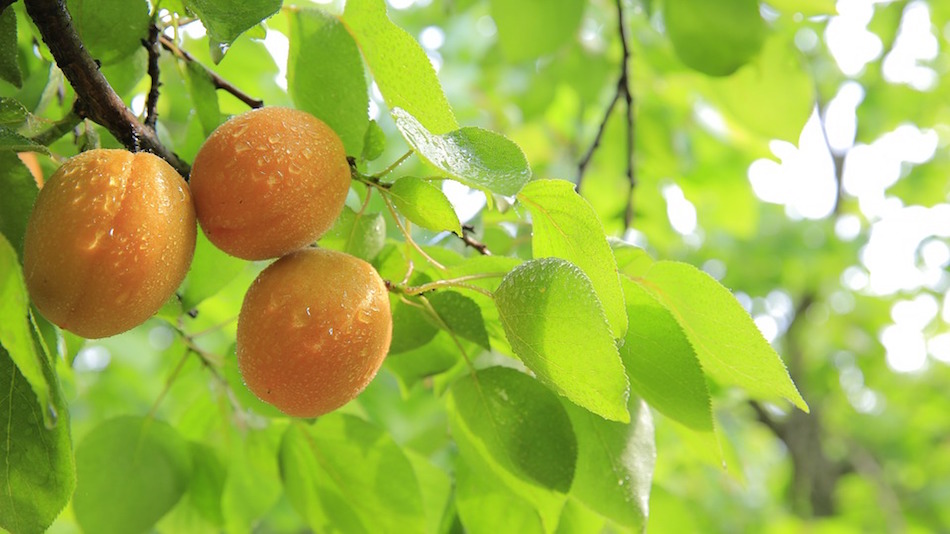
Take the leaves from a peach tree, and you'll get a lovely yellow-green — perfect for a fresh, springy colored fabric.
2. Pomegranate Skins For Bright Orange
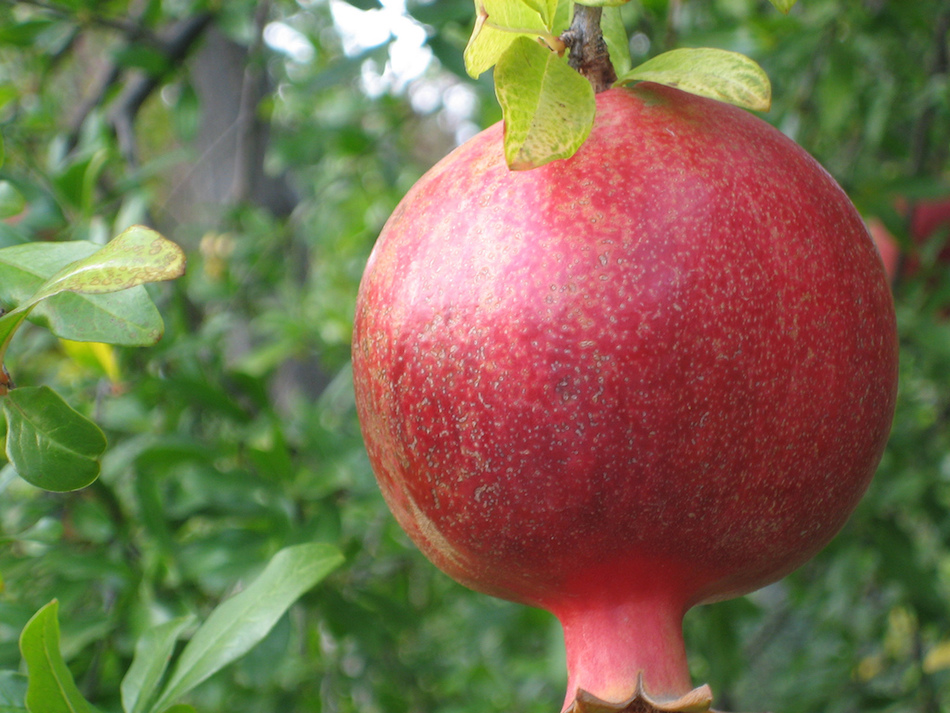
When you think of pomegranate, you think of the deep, vibrant red of the fruit. But what about the skins? Most of the time, you will be able to get a bright orange from a pomegranate skin dye, and you can play with leaving the fruit in there too, for more pigment.
3. Lichen For Anything From Golden To Purple
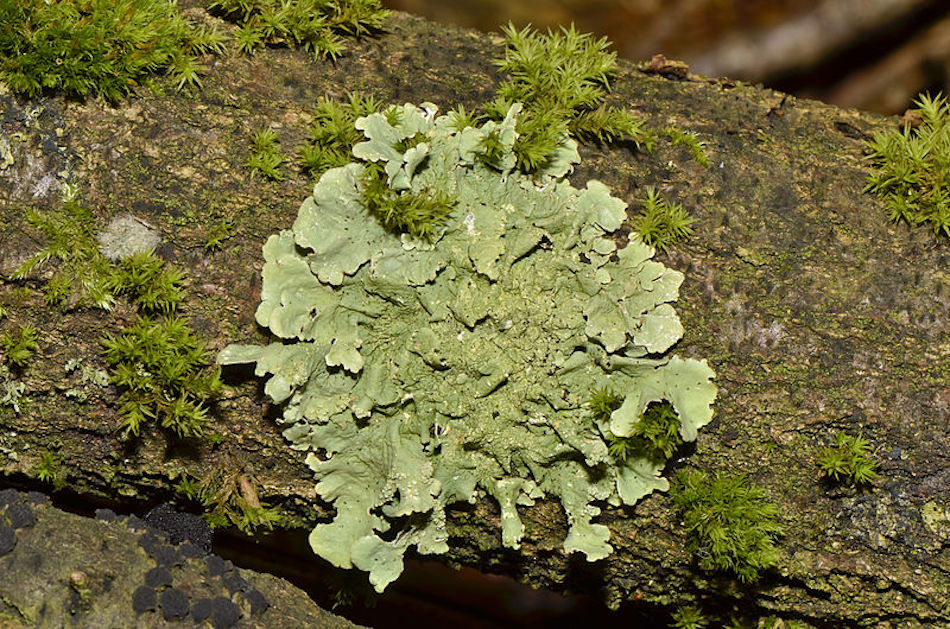
You may never have heard the word "lichen" before, but I'm certain you have seen it before. It's that weird mossy-moldy looking stuff that grows on rocks and trees, in places where moss is also prone to grow.
According to Wikipedia, it's a "composite organism that arises from algae and/or cyanobacteria living among filaments of multiple fungi."
Depending on the variety found near you, lichen can yield a whole range of beautiful colors. Experiment with what's growing around your home!
4. Dried Maple Leaf Buds For Brown
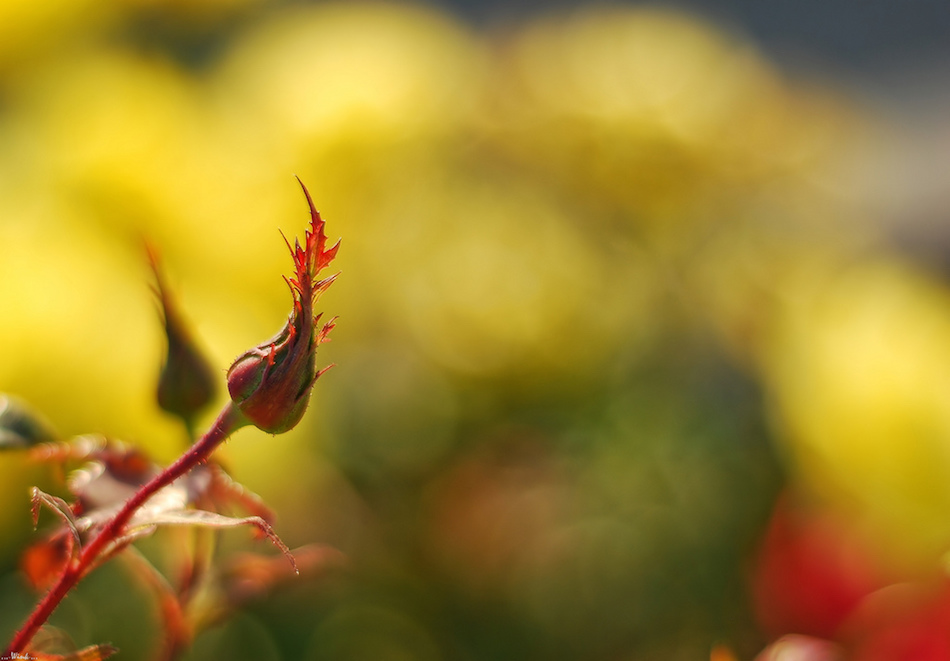
If you pluck the maple leaf buds before they bloom in the springtime, dry them, and then boil them into a dye, you'll get a lovely, earthy shade of brown.
5. Avocado Skins For Warm Pink
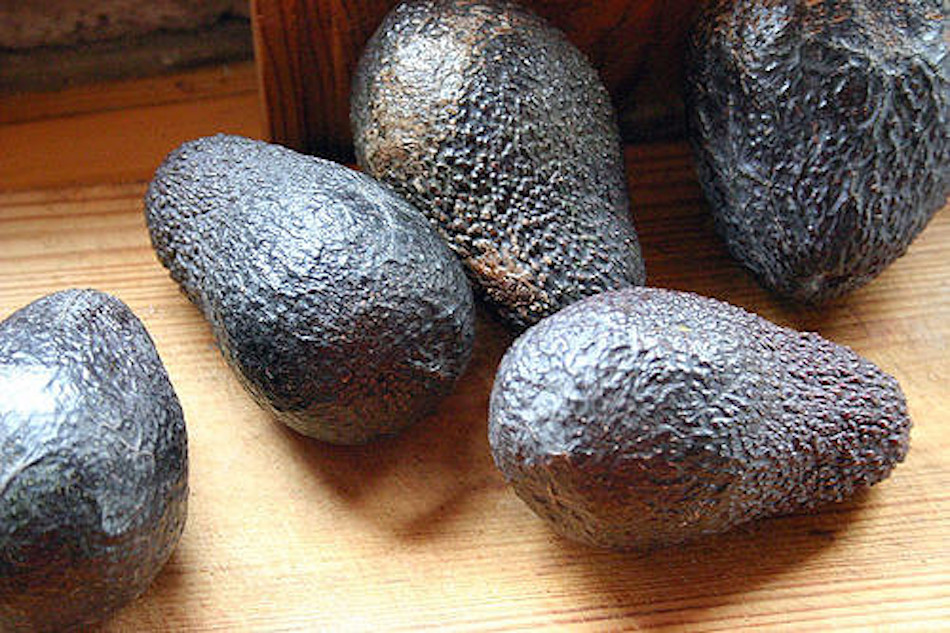
I know, when you think avocado, you think green. But if you use the skins, that pink hue on the inside is what seeps into the water, and it's truly beautiful.
6. Dogwood Bark For Blue
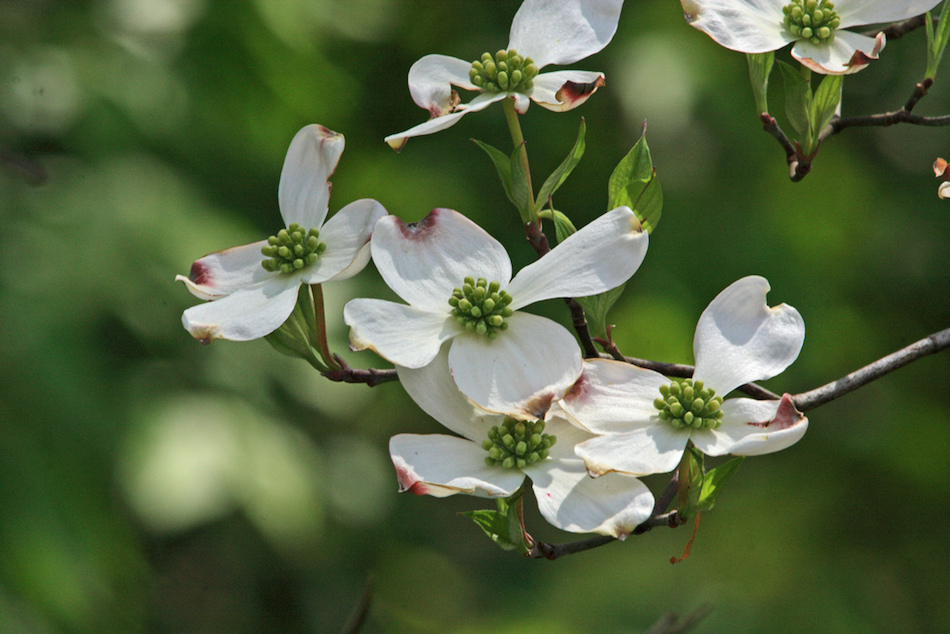
The inner bark of a dogwood tree will give you a nice blue dye. The dogwood doesn't appear blue, but it will give you a blue dye. Nature can be a sneaky, sneaky lady sometimes.
7. Elderberries For Purple
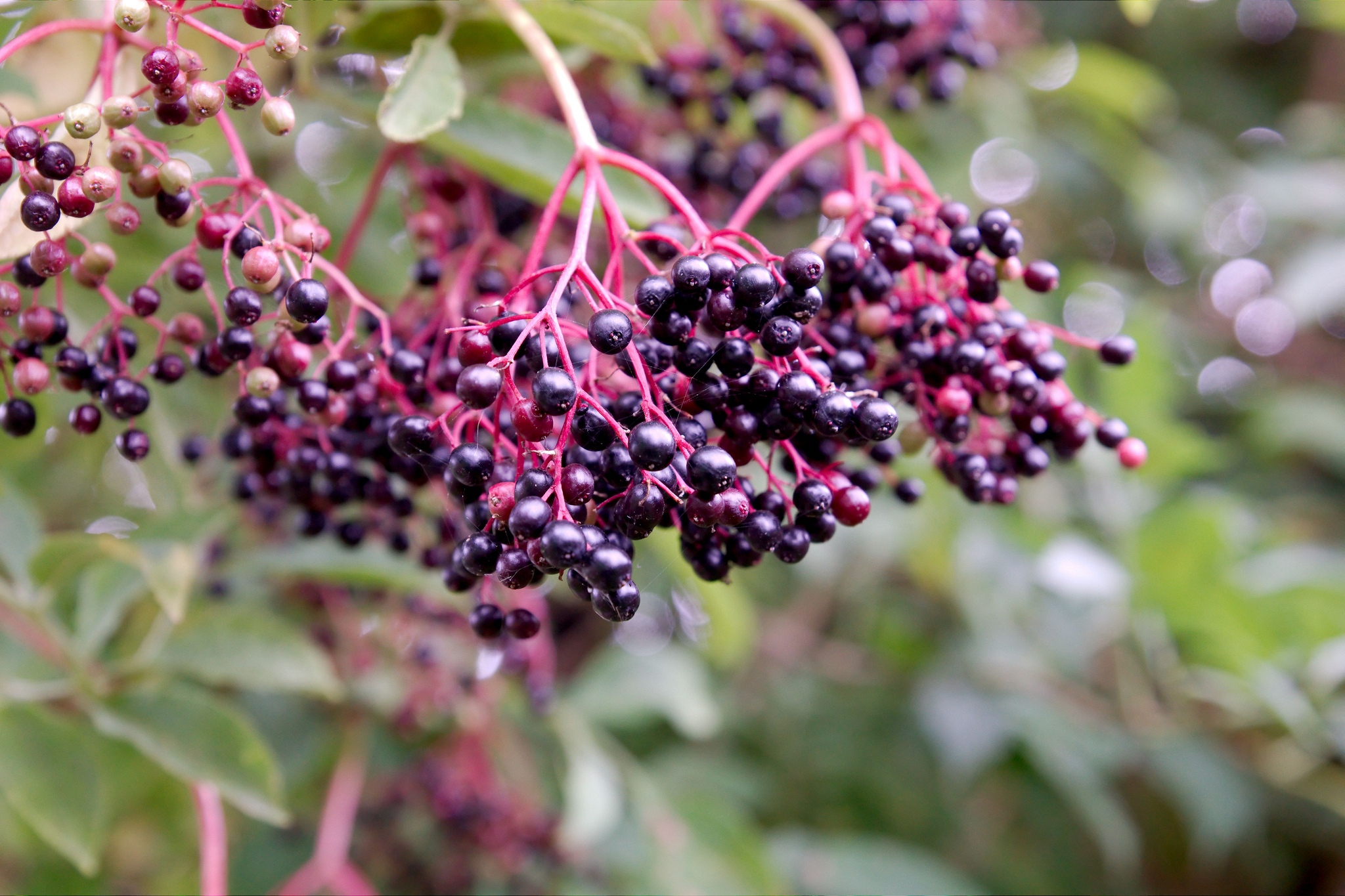
This dark berry is great for a whole range of purple hues, depending on how you prepare your dye.
8. St. John's Wort For Red
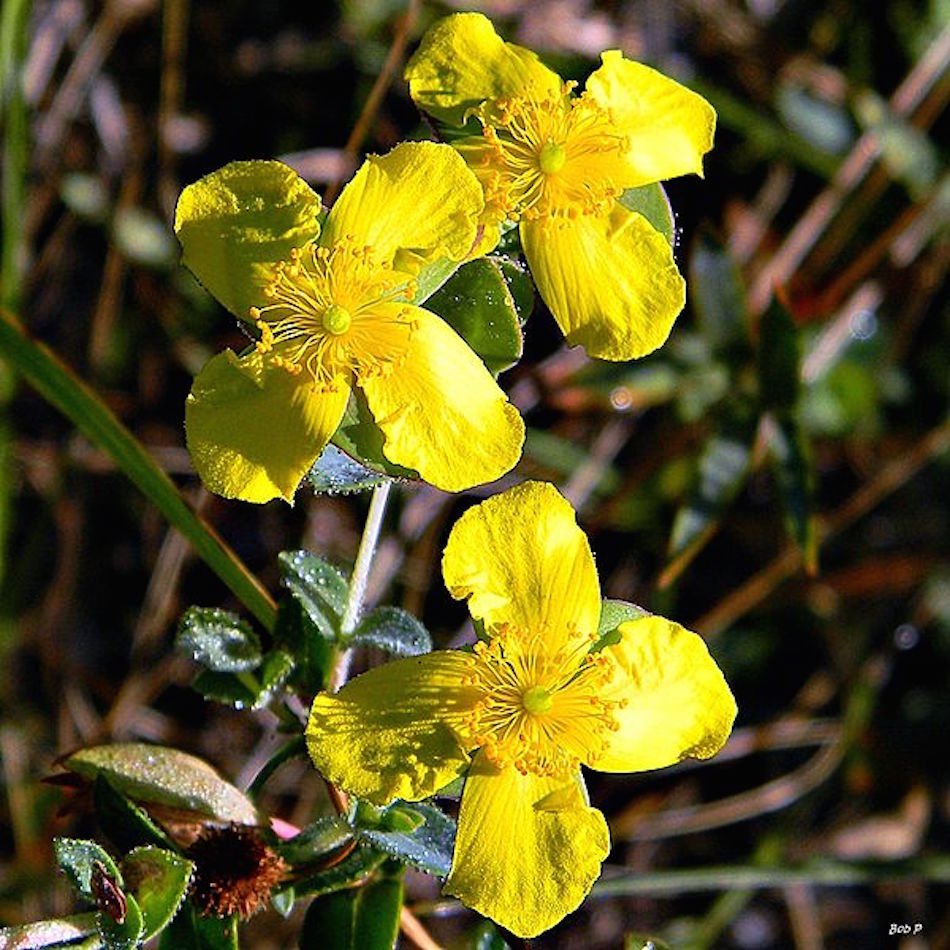
This flower can produce yellows, oranges, and reds. Looking at the yellow color of the flower, red may not make sense at first, but again, nature is surprising.
9. Meadowsweet For Black
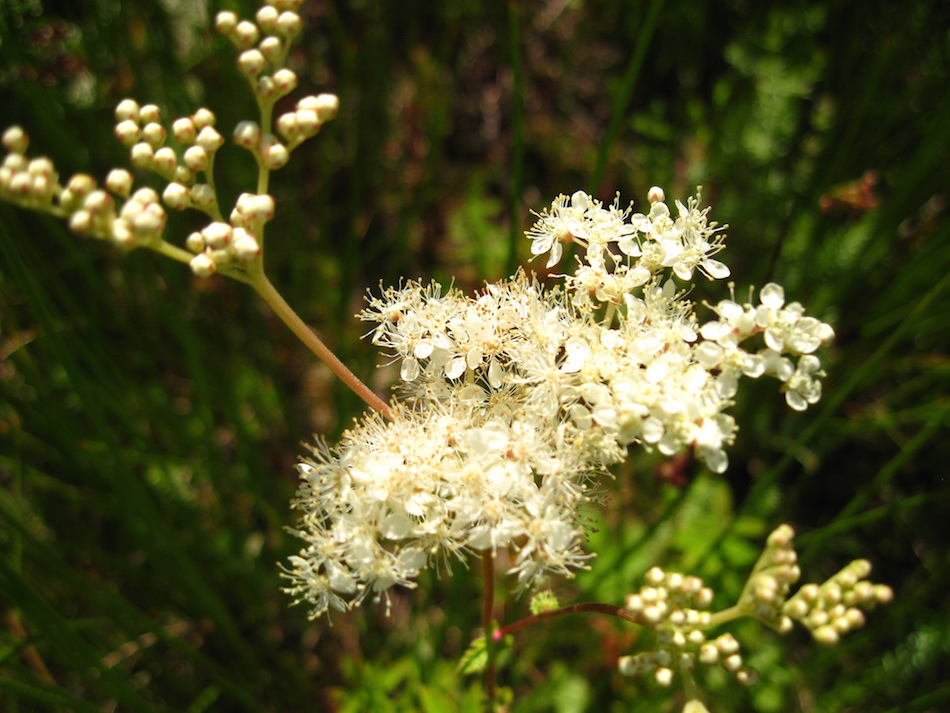
Used properly, meadowsweet can make for an amazing black dye. In addition to being great for dye, meadowsweet, a perennial shrub, can also be used for herbal medicine.
10. Weeping Willow For Peachy Brown
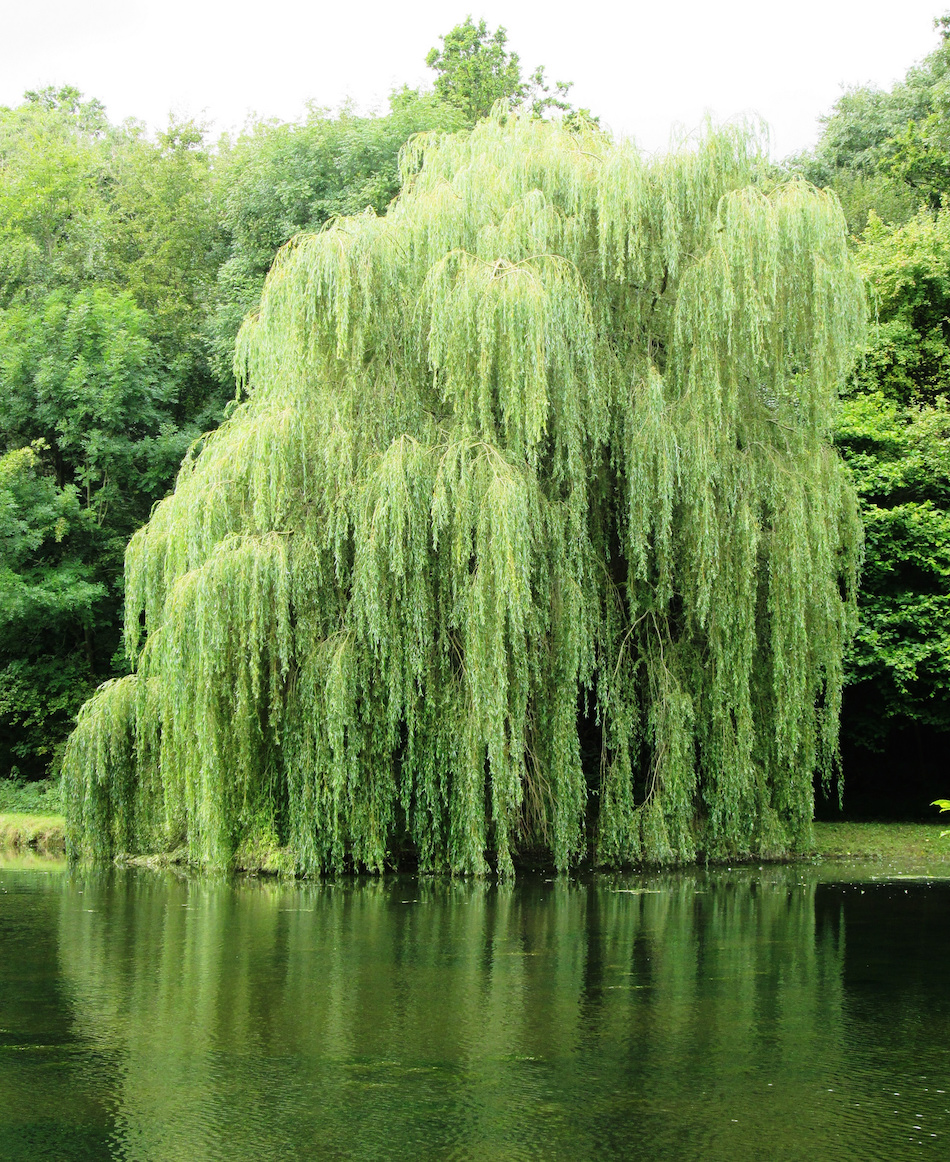
The weeping willow might be one of the most unique trees out there, almost sad and wistful with its shrugged limbs. But the dye its bark makes turns a lovely, peachy or cinnamon tinted brown.
11. Red Cabbage For Lavender
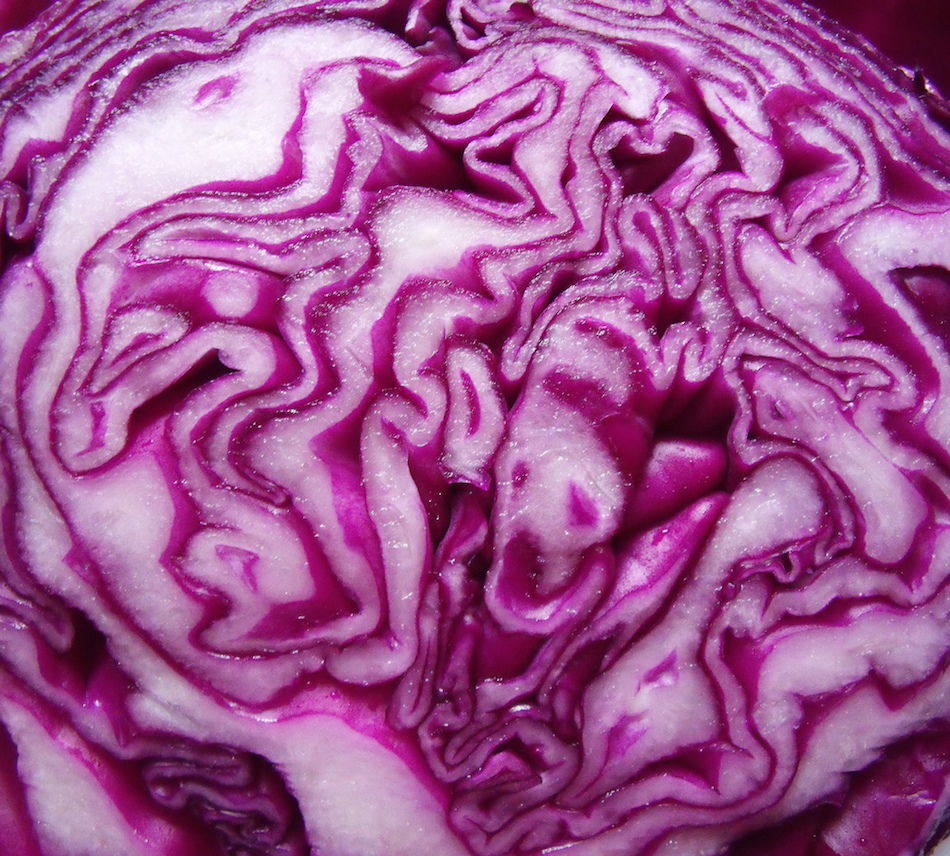
You may have noticed that when you put red cabbage into a salad, the whole thing turns a bit purple. When you use red cabbage for a fabric dye, the purple hue comes out as a nice lavender. If you've got a bit too much red cabbage to eat, why not make some dyes for later use?
Will you try any of these natural dyes? What colors do you like to make? Let us know in the comments and please SHARE with family and friends on Facebook!

